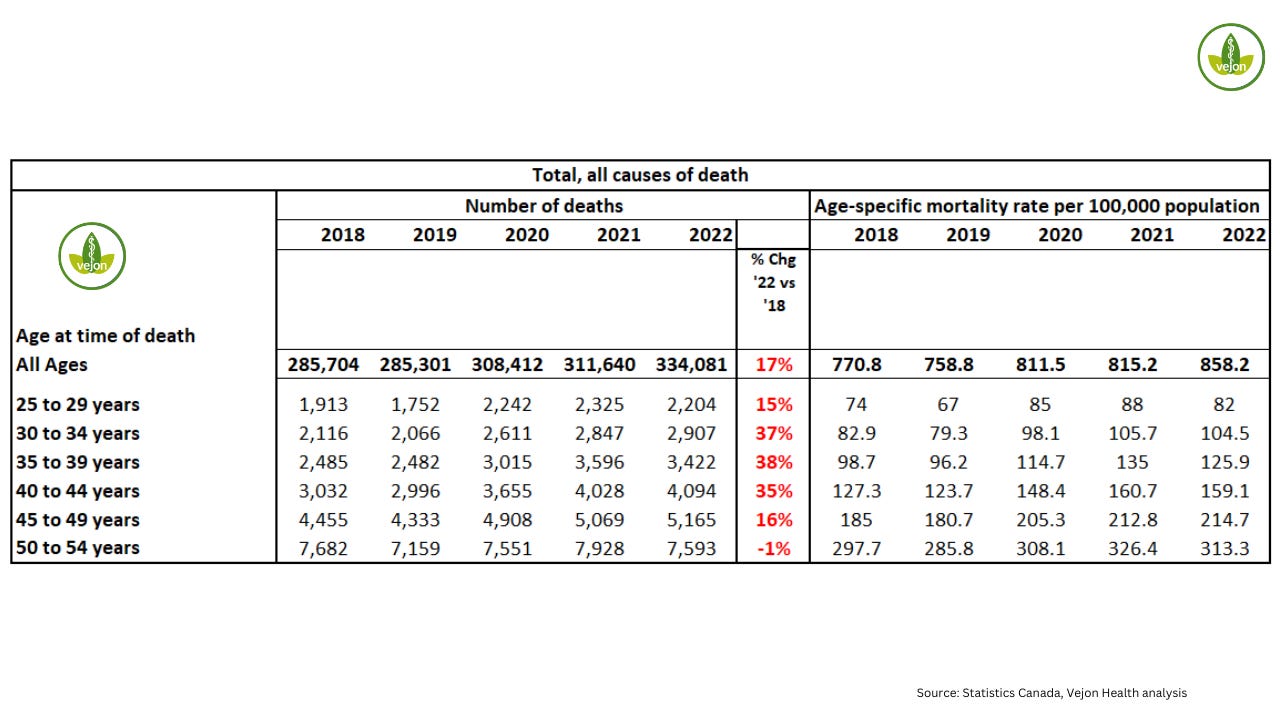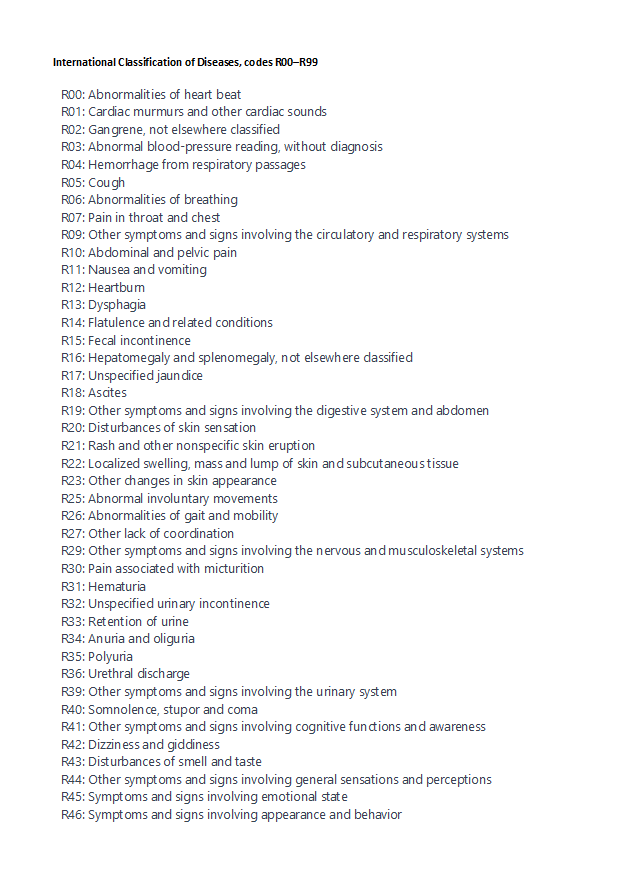Thursday 11th January, 2023 at 19:00PM UK time
Vaccine-Induced Abnormal Heart Physiology – Potential Mechanisms
Only Donation tickets available (all FREE SOLD OUT!)
Slides are below the paywall.
Excerpt from Transcript
In 2020, in the pandemic, yep, we see almost a 20,000 more people died in Canada. In 2021 that's when we had the Delta and as well we started the rollout of the vaccine campaign the deaths still increased.
Now some would argue that without the vaccine it would have been much higher than 311,000 but the death rate did increase.
Now this bit 334 000 in 2020 to some link to omicron infection now omicron should have been a milder infection but in reality it could have been more severe in regions that were highly vaccinated we didn't see this occurring in say Africa which had a very low vaccination rate
But the point is, you can see this trend from 2018, all the way up to 2022. And when you look at the age specific mortality rate per 100,000, you can see in 2018, it was 770. And by the time of 2022, it's 858. And that's largely because not only are the numbers higher, but there are less people because so many excess deaths happened over this period of time.
So it's an important bit to first understand what it is that they're breaking down. And they're breaking down all of the deaths over that period of time. But for me, I'm more interested, not just in all the deaths, but what is the breakdown for these deaths.
And this is going to come to a really important piece of the puzzle when I speak about unknown or unspecified causes of death. That's the bit that really is critical because sometimes you say excess deaths are going up and people say well there are more suicides or there are more car accidents or there's more of this or there's more of that.
Well what does the data actually state?
So let's get back into what it shows. So again just before I roll on you have here at the top the numbers of deaths it was about the same 2018 to 2022. So this is 2022 here and we scroll down here if you look at another big one malignant neoplasms and you can see here 79,000 up to 82,411 and so that fits with regards to more cancers but more importantly from the perspective of 100,000 of the population it hasn't actually shifted that much.
As you continue down, so I'm highlighting that all of the things that people think are the causes are included or excluded so to speak from the fact that people are just randomly dying. Diabetes has risen, dementia was probably about the same over that period of time, major cardiovascular diseases did rise, but you can see that per 100,000 it was not as significant a rise as it was in terms of total numbers.
This is about 4,000 more. So you can see what I'm doing. It's broken down in sections by what is relevant in terms of what is going on, in terms of the diagnosis.
So this leads me to the central point of this discussion.
When I talk about people dying, oftentimes they're referring not just to friends and family who are older, yes they're dying, but it's also young people seem to be dying.
But we keep on hearing that, well, is that evidence?
Is that true that they're actually dying?
This is the bit that makes a difference to me. So when we look at causes of death here, one of the causes is R00 to R99…

















